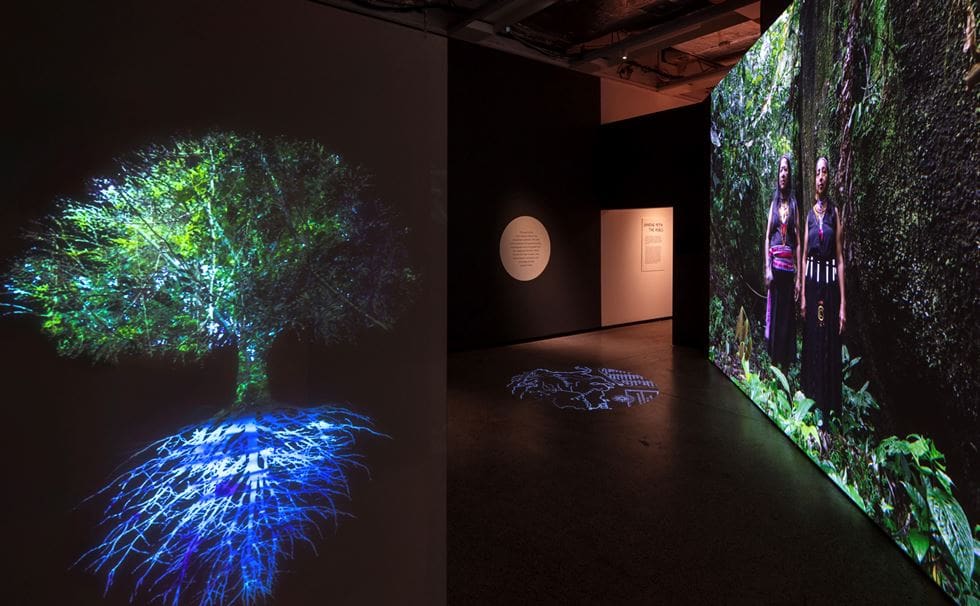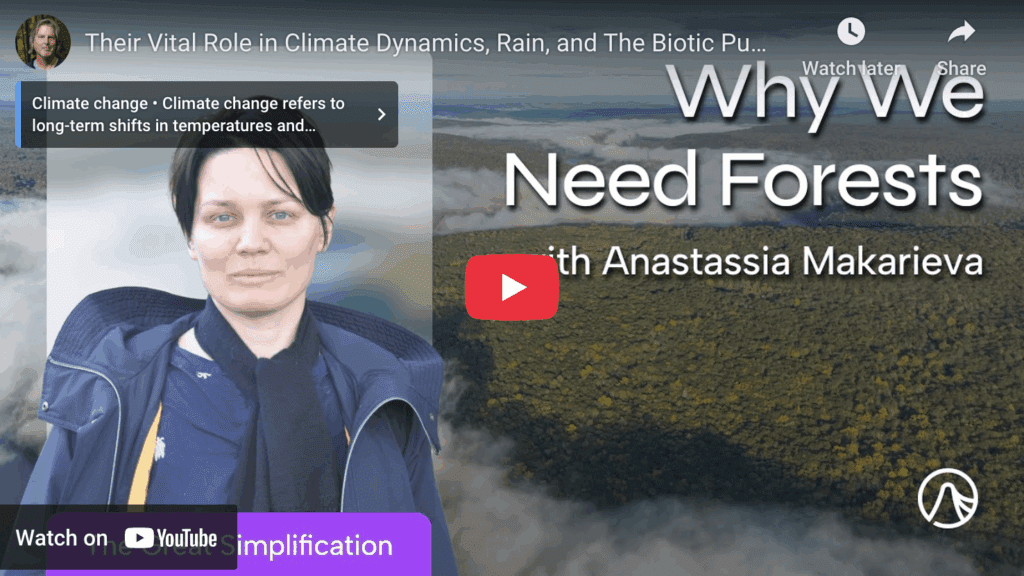What small but fearless songbird can astonish with its aerial acrobatics and is always ready to battle much bigger birds for dominance?
The Black Drongo!

A songbird with fearless attitude, the black drongo, or Dicrurus macrocercus, can be found across Southeast Asia. I first encountered this amazing avian when visiting India, where drongos could be seen across the treetops of Delhi and Kolkata. Their variety of calls and distinctive two-pronged tail caught my attention, and the more I learned about these creatures, the more I came to respect their cleverness and adaptability.
Some consider drongos to be a symbol of good fortune. This may be related to their ecological role controlling the population of certain insects that can prove to be major pests in agricultural areas. Whether due to their beauty, their singing talents, or contributions to ecological balance, black drongos’ deserve our respect and high regard.
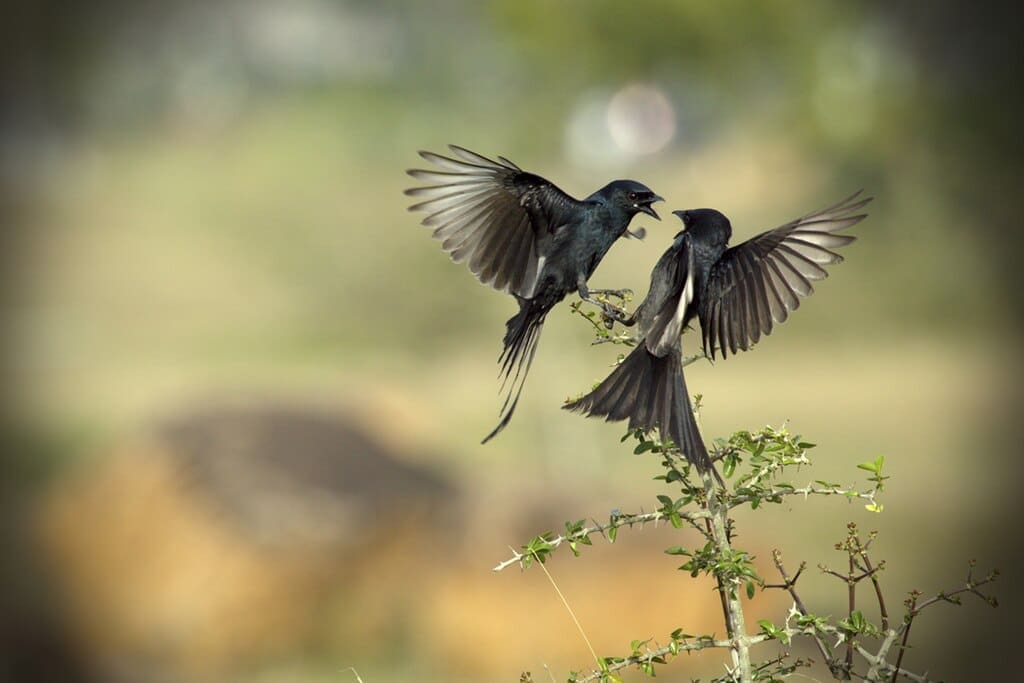
Strength in numbers
One of the most amazing characteristics of these songbirds is their brazen behavior. Though they have an average size of about 11 inches (or 28 cm), black drongos don’t shy away from conflict with much bigger neighbors.
During nesting season, when birds of prey pose a threat to drongos’ nests, drongos have been known to band together and fight back. They employ the technique of ‘mobbing’ the predators, gathering in numbers to harass the threat and drive it out of the area. In certain cases, drongos have taken to this behavior year-round, preemptively “cleaning up the neighborhood” before bigger birds have a chance to locate and disrupt their nests.
Naturally, other small birds have come to appreciate this service, and species like bulbuls, orioles, doves, and pigeons tend to nest near drongos to enjoy their protection. One beautiful display of mutualism has been recorded in which a red-vented bulbul fed the chicks of a black drongo. Talk about community building!
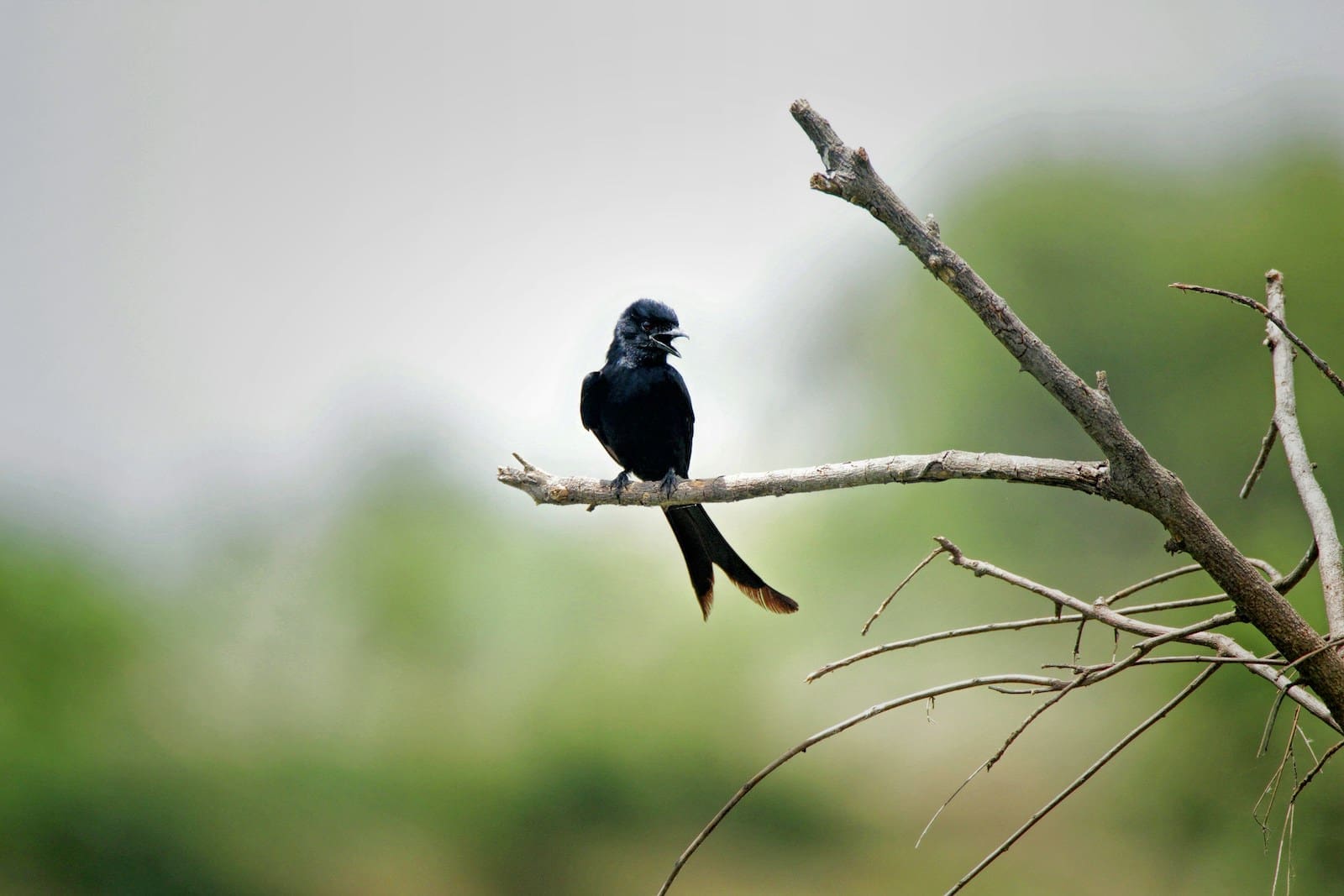
As drongos’ forked tails may suggest, these birds are built to be incredibly aerodynamic. They often dart through the air in pursuit of their insect prey, and have been observed on daring escapades through fiery skies, as farmers using seasonal burns on their agricultural fields cause insects in those habitats to flee. The drongos happily browse the feast in these dramatic events, and in general they’re not too picky about how they get their meal.
Black drongos will fly near tree branches to disturb insects and pick them off, or forage for grubs and caterpillars on the ground. They’ll eat cicadas, grasshoppers, ants, wasps, beetles, dragonflies, and more insects, and will even occasionally consume bigger prey like small birds, reptiles, bats, and fish. Living along forest edges, farmland, meadows, wetlands, and fields, black drongos benefit by having a wide diet that can suit their circumstances.
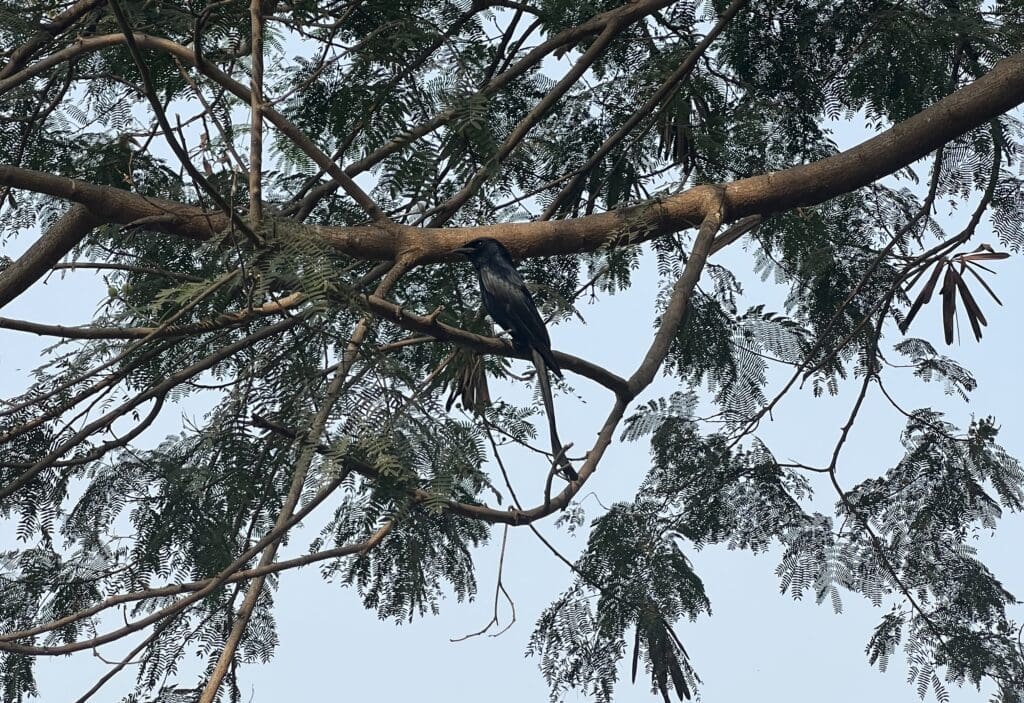
Clever callers
In addition to their flying skills, drongos use their vocal talents to rustle up a good meal. These birds are far from one-note. They have tremendous range in the calls they produce, and have become quite adept in the art of mimicry. Drongos sometimes sound alarms, causing other creatures to flee and abandon their food, leaving it up for grabs.
Fork-tailed drongos (the black drongo’s African cousins) have been observed tricking meerkats in this way, and you can watch their wily ways on BBC Earth:
Black drongos of Asia do the same, imitating the call of the shikra (a small raptor) to scare myna birds away from their meals, and swooping in to enjoy the spoils. Perhaps they aren’t the best neighbors after all…
Drongos’ variety of calls shows just how complex their communication can be. In order to mate, nest, forage, feed, mob, and play, the drongo requires a wide vocabulary, and while its most common sound is a two note ‘tee-hee’, drongos are capable of many more songs and sounds to express themselves. Listen in here:
Drongos demonstrate how using your voice and your talents cleverly can help you adapt to any number of circumstances. On that note, I’ll fly off now!
Maya

Maya Dutta is an environmental advocate and ecosystem restorer working to spread understanding on the key role of biodiversity in shaping the climate and the water, carbon, nutrient and energy cycles we rely on. She is passionate about climate change adaptation and mitigation and the ways that community-led ecosystem restoration can fight global climate change while improving the livelihood and equity of human communities. Having grown up in New York City and lived in cities all her life, Maya is interested in creating more natural infrastructure, biodiversity, and access to nature and ecological connection in urban areas.
Sources:
https://www.tribuneindia.com/news/schools/drongo-the-kotwal-among-birds-190571
https://jlrexplore.com/explore/focus/drongos-of-karnataka
https://en.wikipedia.org/wiki/Black_drongo
https://ebird.org/species/bladro1

